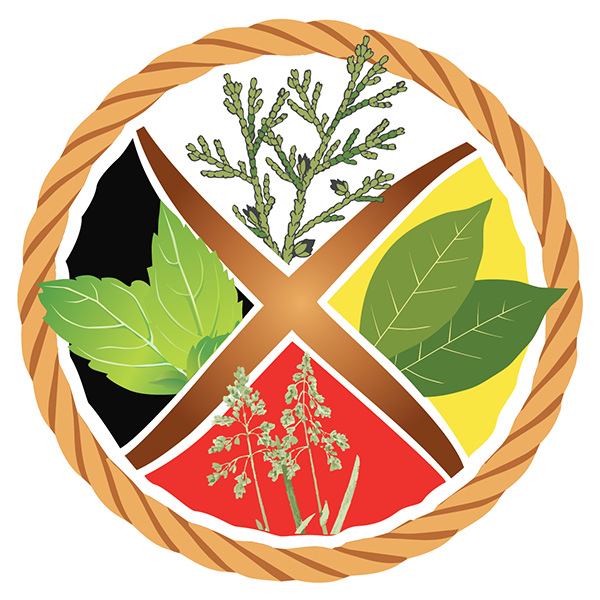The Importance of Protective Factors in Preventing Opioid Addiction
“Research over the past two decades has tried to determine how drug abuse begins and how it progresses. Many factors can add to a person’s risk for drug abuse. Risk factors can increase a person’s chances for drug abuse, while protective factors can reduce the risk.”
-National Institute on Drug Abuse
Protective factors include:
- Engagement in traditional spiritual/cultural practices
- Positive ethnic/cultural identity
- Community involvement
- Strong extended families
- Social networks
Steps to Prevent Opioid Addiction
Opioids are safest when used for three or fewer days to manage acute pain, such as pain that follows surgery or a bone fracture. If you need opioids for acute pain, work with your doctor to take the lowest dose possible, for the shortest time needed, exactly as prescribed.
If you’re living with chronic pain, opioids are not likely to be a safe and effective long-term treatment option. Many other treatments are available, including less-addictive pain medications and nonpharmacological therapies. Aim for a treatment plan that makes it possible to enjoy your life without opioids, if possible.
Help prevent addiction in your family and community by safeguarding opioid medications while you use them and disposing of unused opioids properly. Contact your local law enforcement agency, your trash and recycling service, or the Drug Enforcement Administration (DEA) for information about local medication takeback programs. If no takeback program is available in your area, consult your pharmacist for guidance.
The most important step you can take to prevent opioid addiction? Recognize that no one is safe, and we all play a role in tackling the grip these drugs currently hold on our loved ones and communities.
For more information visit Mayo Clinic: How opioid addiction occurs
